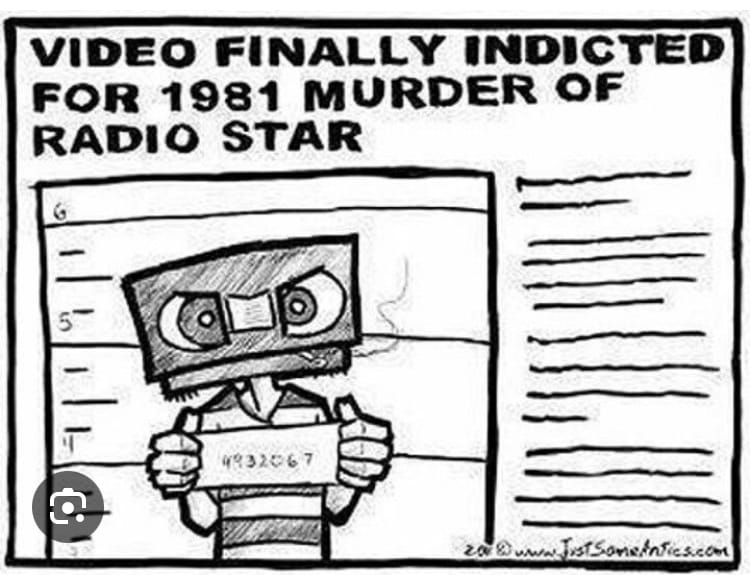The End of Flirting?

Or have the reports of flirting’s death been greatly exaggerated?
Hi (No) Wonder-ers,
I’m grateful to have been flirting exclusively with the same woman for *checks watch* 21.25 years. To be sure, it no longer looks exactly as it did when my wife and I were pre-med undergrads in 2003. Social media and dating apps were in their infancy, and as such had no chance to factor into our initial flirting interactions. Grand gestures have given way to more practical and thoughtful ones, as can be expected now that we have another human in the mix and more professional responsibilities to consider. Technology has become as part of the flirting process as we sneak occasional salaciousness between otherwise errand-oriented text exchanges. The ways in which we express our interest in one another always adapting to our ever-changing circumstances.
The Internet, with its social media apps and its dating apps, contributes to these ever-changing circumstances for all of us. Recently, I read an article that claimed Gen Z had difficulty with in-person flirting. (https://www.nbcnews.com/news/gen-z-cant-flirt-dating-hurdle-rcna157763). The article frames in-person real-time flirting as an art that is dying at the hands of technology, the video killing IRL flirting’s radio star.

The article emphasizes verbal, real-time, in-person, face-to-face flirting – the kind where eye contact and exchange of verbal/nonverbal cues are expected – as the “gold standard” of flirting. Is it, though? To the neurotypical, allistic, verbal person without social anxiety… sure, maybe. To the neurodivergent person with speech and/or mental health considerations that make such interactions exhausting, or preclude them altogether… not so much.
Neurodivergent sexuality educator Milly Evans, who is a fantastic social media follow I recommend enthusiastically, describes the various ways in which neurodivergent lovers express intimate interest: https://www.millyevans.com/blog/how-do-autistic-people-flirt-autistic-sex-ed Milly describes such gestures as pebbling, info-dumping, and parallel play – among many others! – as some examples of neurodivergent flirtatiousness that might not fit in with a neurotypical flirting style, but are every bit as valid and intimate as neurotypical real-time face-to-face verbal flirting.
So before we sound flirting’s death knell, let’s consider the possibility that the prior definition of “flirting” may never have been applicable for many in the first place. Let’s consider that the definition of “flirting” may need to evolve into something more inclusive and relevant. Let’s consider the possibility that there’s no “one-size-fits-all” definition of flirting, that there’s no one flirting modality more valid than the others, that technology can and should be incorporated (and isn’t mutually exclusive with in-person flirting!), and that flirting can look different for different people… or even for the same person at a different time in their life, as with my wife and me.
Thus, I find it unfair to judge folks as “bad at flirting” based on their competency at flirting in one specific way. Just because someone doesn’t flirt the same way you do, doesn’t necessarily mean they are categorically bad at it. Even the article concedes that this sense of flirting often amounts to performance art that gets in the way of true intimacy.
We could call flirting dead because younger folks are collectively becoming less adept at one specific, and frankly arbitrary, “default” flirting modality. Or we can expand the definition of “flirting” to include any means of vulnerably sharing intimate interest – regardless of modality – and truly evaluate what flirting looks like in 2024 and beyond.
Flirtatiously Yours,
Merrit
